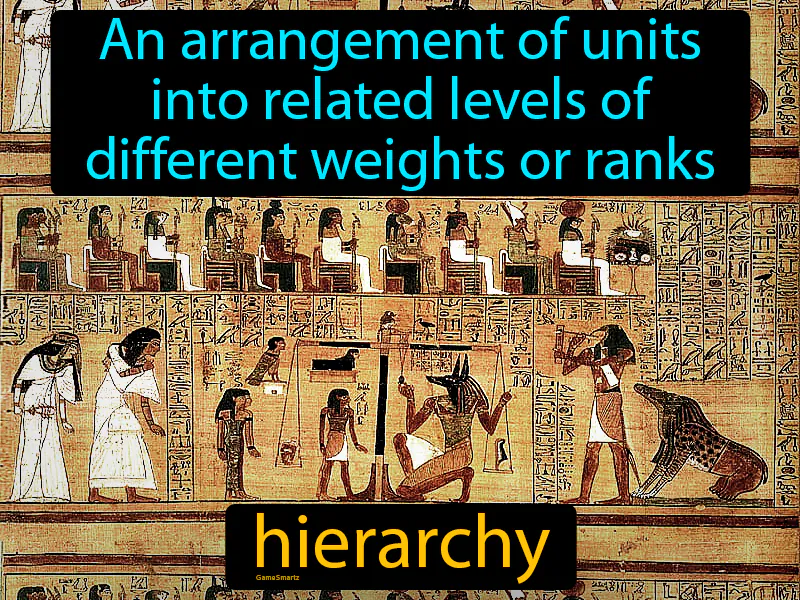Hierarchy
Hierarchy: Easy to understand
In the Ancient Middle East and Egypt from 3200BC to 500BC, hierarchy was a way to organize society, with rulers like pharaohs or kings at the top, priests and nobles below them, and peasants and slaves at the bottom. This system helped maintain order and control, ensuring that everyone knew their role and responsibilities, which was crucial for managing large populations and resources. Hierarchies responded to the need for efficient governance and resource distribution, addressing problems like law enforcement and food supply management. Today, hierarchy still matters because it helps organize workplaces, schools, and governments, affecting how decisions are made and tasks are assigned. For example, in a school, a principal, teachers, and students have different roles, ensuring the school runs smoothly and everyone learns effectively.

Practice Version

Hierarchy: An arrangement of units into related levels of different weights or ranks. Hierarchy. In history, hierarchy refers to the way societies are organized into levels of power, status, or authority, like kings, nobles, and peasants.